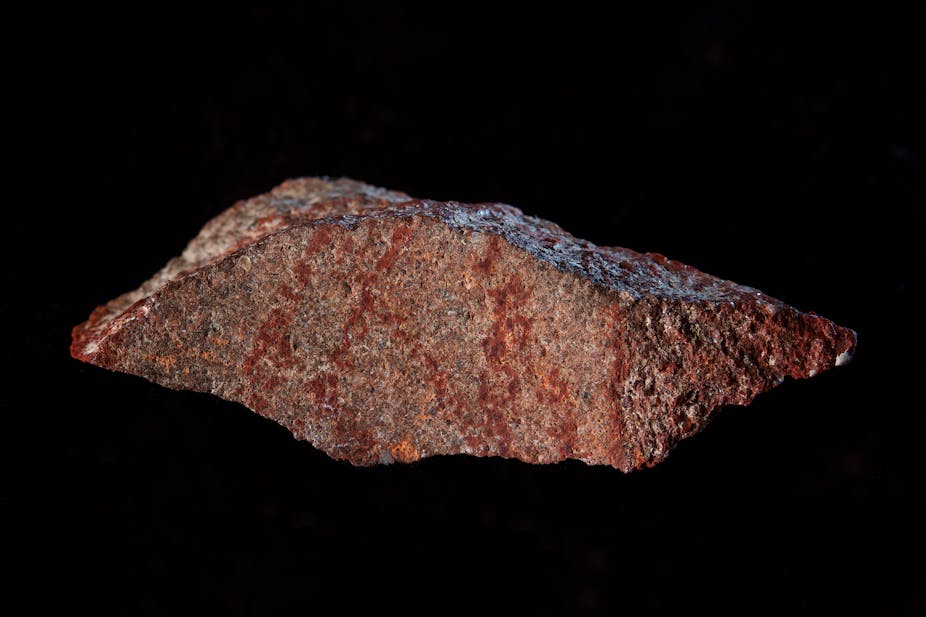What makes human beings especially unqiue is our ability to communicate symbolically. Before language, all we had to communicate ideas with was art; in the forms of paintings, figurines, engravings, and more. As we dive into the idea of symbolic communication, we can come to understand that art is so much more than pretty pictures or figures; but is also a means of how early humans exchanged ideas, facilitated social interactions, and formed complex social structures. Science journalist Michael Balter reflected on early finds of Homo art, noting that they represent far more than aesthetic appreciation, but also “the cognitive ability to communicate meaning.”

Ok… So what does this mean exactly? Well, in short, it means that somewhere down the line of our own evolution, art also evolved and developed meaning.
When did this start to become a trend?
Just like the origin of art, the origin of symbolism is a highly contested subjected – maybe even more so. This is really because anthropologists have to make two separate arguments at the same time: “This artifact is art” and “this artifact is symbolic”. Rock drawings found in Blombos Cave, dating back to over 70,000 years ago, may in fact be the earliest sign of Human expression. So how do we know that it’s symbolic? Well, it is definitely art! The patterns on the rocks were actually found elsewhere on the same archaeological level. So it was basically a fad that was done with intent; not just meaningless scratches. But what about its symbolic aspect? How could we possibly know the meaning behind these hatched drawings. At the very least, we know that there is some symbolic or expressive element behind this; since there are actually different styles of the pattern drawn elsewhere. Unfortunately, this isn’t enough evidence for some anthropologists such as Richard Klein to accept this as symbolic art since there isn’t any concrete evidence pertaining to its symbolic element. Similar to our contemporary understanding of interpretive art, the meaning behind this ‘pre-modern’ art is a puzzle to be solved.

We do see a consensus that human expression and symbolic art is at the very least an Upper Paleolithic phenomenon, where we see figurines such as the notorious Venus Figurines.
A Venus-what?
You heard me! A Venus ‘figurine’. They are statuettes of women carved especially round, dating back to 40,000 years at the earliest. They are found all over the place, wherever there are signs of early human activity.

But what could this figurine even mean!? There are ongoing debates as to what it once represented, yet it is the anthropological consensus that its origins are rooted in symbolism and ritual practice.
There are many explanations for why these prehistoric species carved these venus figurines. The emphasis on large hips and breasts leads us to believe that these artifacts fell under the theme of fertility and reproduction. It could have been seen as magical or religious; primitive peoples could have used it to ‘increase’ their community’s fertility rate.
The figurines could also be a signal of what those primitive communities valued at the time; in this case they value fertility and reproduction above all else, which explains the emphasis of certain features (steatopygia and hypertrophy of the breasts).
It could also be a case of self representation with a possible pronographic element; literally depicting what women of that period looked like.
Whichever explanation was true, it helped that community conceive and build social networks; defining their identity through material culture that embodies what they believe, appreciate, and value.
So what?
Well! These art forms show us that early humans did in fact have the ability to communicate and express their thoughts symbolically (i.e engaging in symbolic behavior). Taking an imaginary visual and communicating that through art. Although these Homo sapiens were not using words, they were still communicating and speaking their thoughts. This is an incredible feat as we still accomplish this everyday through the use of language and literal speech.